How to Manage Weeds in Your Bay Area Landscape
Their Place in Nature
Weeds are not all bad. They provide some benefits (listed below). The definition for weeds is “a plant out of place”. But considering most people welcome weeds as much as they do taxes, this definition seems more fitting: “plants whose undesirable qualities outweigh their good points.” (Taken from Penn State’s website)
What benefits do weeds provide?
- Protect bare soil from erosion
- Improve the soil by imparting organic matter
- Absorb carbon dioxide from the atmosphere
- Can provide habitat for birds, worms, insects
- And – some have powerful medicinal properties (and are edible)
Why are weeds problematic?
- They compete with desirable plants for light, nutrients, water and space.
- Some are so aggressive they overpower desirable plants and deplete their soil nutrients and moisture.
- They are unattractive in texture, color and growth habit
- They can harbor insect and disease that can spread to your plants.
- Poisonous weeds can be dangerous to you and your pets.
- Some are particularly invasive and can take over your garden in a single growing season.
Managing Weeds
Gardeners’ Guild’s philosophy is to use the least toxic practices. We recommend a combination of prevention, mechanical, biological, and chemical means only when necessary. The week long drenching of the San Francisco Bay Area delivered a lot of green (weeds) on our hills and infesting our gardens so it’s a good time to talk about it. See the full report on managing weeds. It includes 13 weed types, prevention and control.
[ddownload id="1283"]
Tips on Prevention
|
Plant Choices
The right plant in the right place sounds simple but makes all the difference. Healthy vigorous plants have the best chance of out-competing weeds.
|
|
Healthy Soil
Make sure that plants are healthy by feeding the soil with organic products including mulch and compost.
|
|
Mulching and Sheet Mulching
Mulch keeps soil cool and moist. It deprives weeds of light. Organic mulches enhance soil structure and host insects which will devour weeds. Sheet mulching is layering of cardboard, newsletter or fabric. It serves as a weed barrier. Water Management
|
|
Proper irrigation is critical.
We recommend drip because the water goes directly to the root of the plant, not in between them. Spray irrigation can encourage weed growth.
|
Weeds Types – Invasive
| Ice plants They compete with native plants. Their seeds are carried from landscape settings to natural areas. Pieces of the plant can be washed into storm drains and they grow in natural areas. |
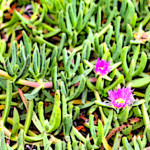 |
|
| Licorice Plants Seeds spread by wind. Spreading branches root wherever they make contact. They can and do displace native plants in coastal areas. |
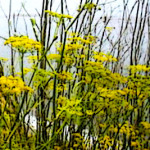 |
|
| English Ivy Distinguishing them from less invasive ivy is difficult. Invasive ivy will smother under story vegetation, kill trees and harbor non-native rats and snails. |
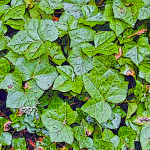 |
|
| Periwinkle/Vinca Major Note: Vinca Minor is okay. Vinca Major’s aggressive stems root wherever they touch soil. Spreads rapidly in shady creeks, drainage areas and chokes native plants. |
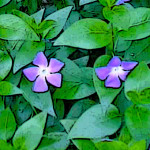 |

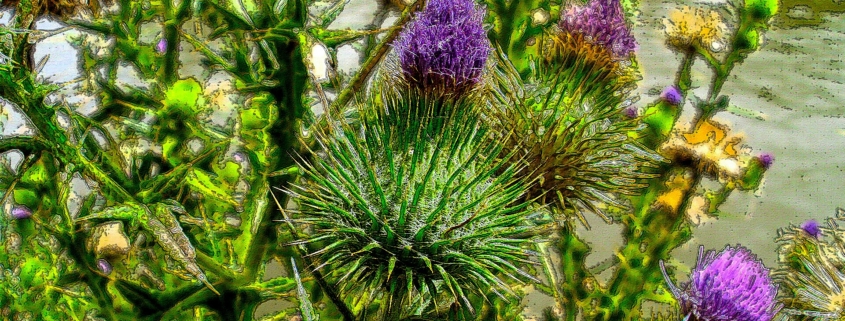
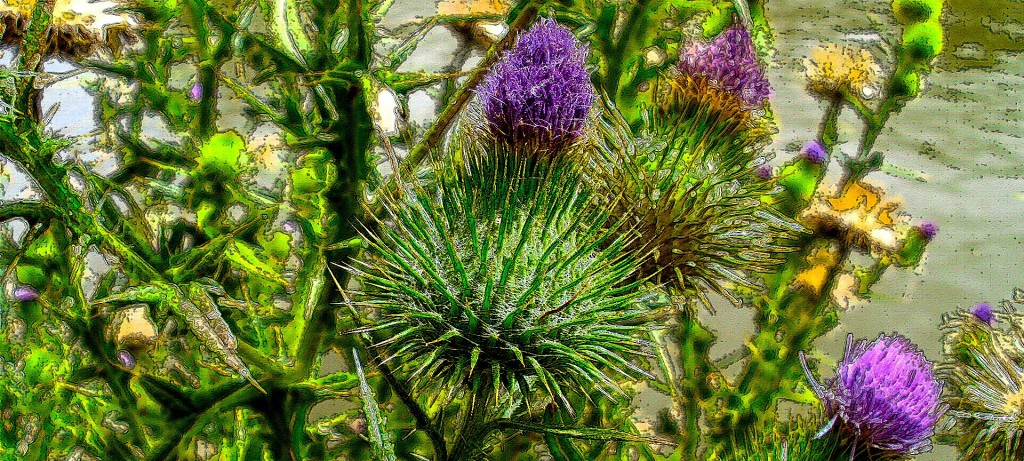

Thanks for this well balanced message on weed management and weed control programs. 2016 looks to be a very challenging year for landscape gardeners in keeping up with weeds in the landscapes under their care. With the significant rains late 2015 and into 2016 the dormant weed seed bank seems to have all germinated at once. Our crews at Gardeners’ Guild are currently allocating a significant amount of their site labor hours toward weed control activities while working on irrigation systems startup and water conservation activities.
I thought that it made sense when you said that one reason to consider having your weeds removed is that they are unattractive in texture, color, and growth habit. I have been thinking about trying to landcape my home by myself but I have been worried that I wouldn’t be able to get rid of all of the ugly weeds. I will be sure to hire a professional landscaper to help eliminate all of the weeds so that my garden will be beautiful.